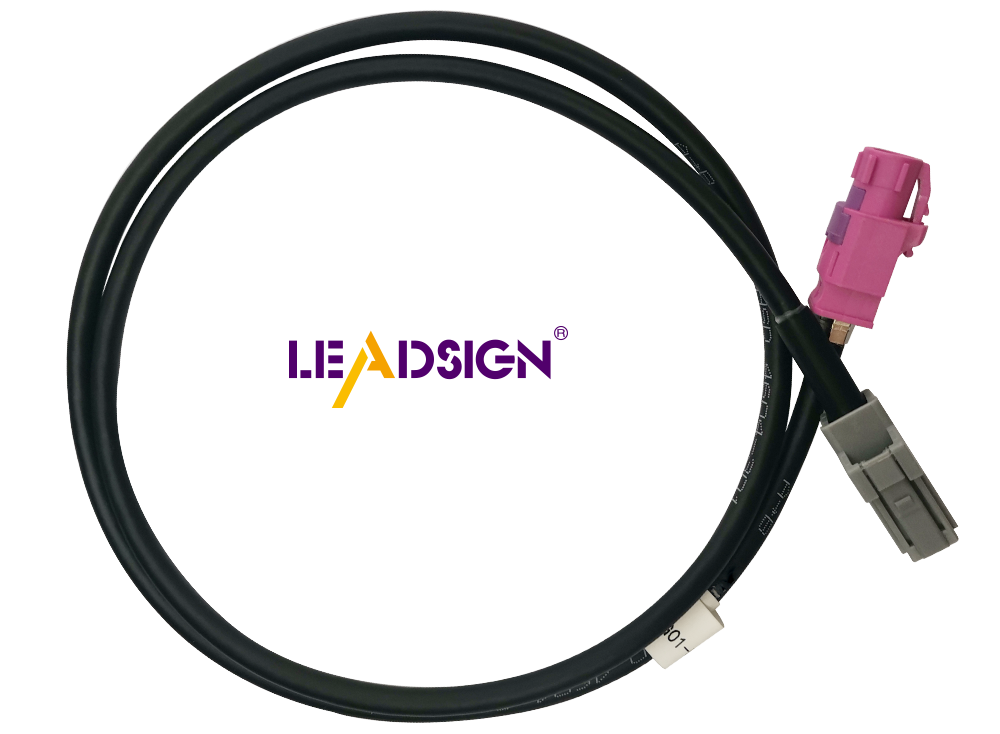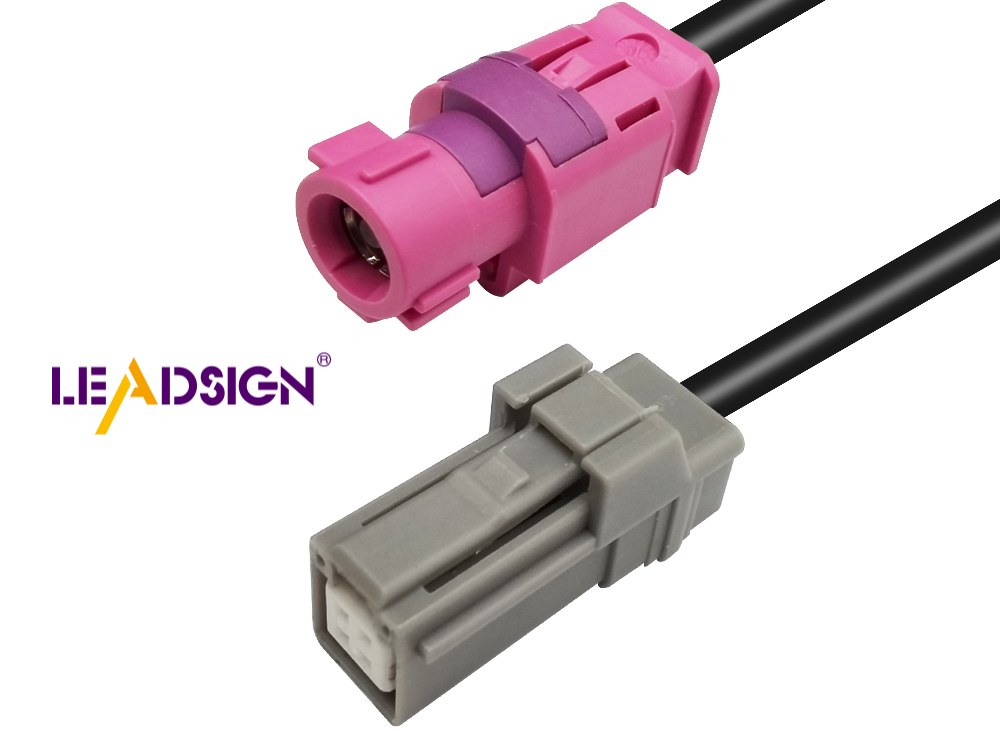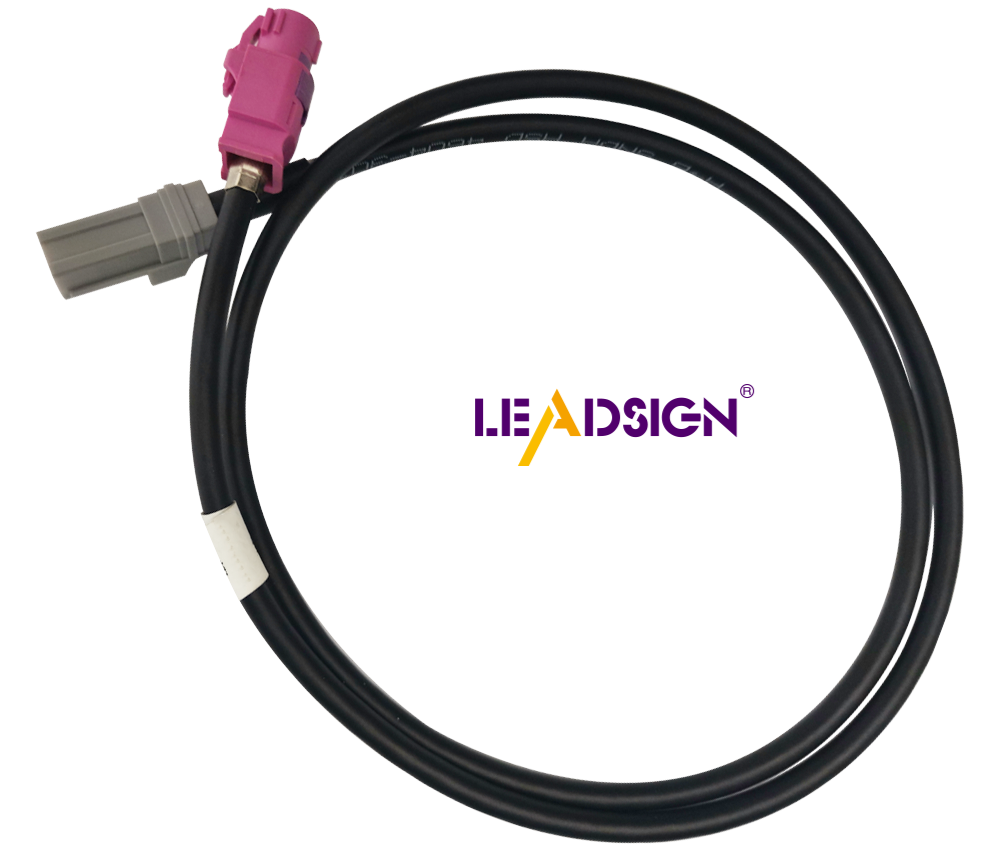Automotive Wire and Traditional Wiring: Understanding the Key Differences

Automotive wiring is crucial for vehicles, ensuring reliable performance under tough conditions. Unlike regular wires used in homes and buildings, automotive wires are designed to meet the demanding requirements of modern vehicles, such as infotainment, telematics, and driver assistance systems. Understanding the differences between these types of wires is essential for making informed choices to enhance safety and functionality. Electricians follow specific electrical rules and focus on grounding to ensure proper installation. By selecting the right automotive wire, you can optimize the performance and safety of your vehicle's electrical systems.
Overview of Automotive Wire

Characteristics of Automotive Wire
Material Composition
Automotive wire is made from materials that conduct electricity well and are bendable. Copper is often used because it carries electricity very well. Some wires use aluminum since it's cheaper, but it doesn't work as well as copper for carrying electricity. The material choice affects how the wire works and lasts in cars.
Insulation Properties
Insulation is important for automotive wire. It stops electric shocks and prevents wires from touching each other wrongly. PVC and XLPE are common insulation types. PVC resists chemicals and scratches. XLPE handles heat better and is stronger.
Temperature and Environmental Resistance
Automotive wire needs to handle very hot or cold weather. It works well between -40°C to +125°C, so it stays reliable in any climate. This wire also resists water, oil, and chemicals, making it good for many car uses.
Applications of Automotive Wire
Use in Vehicle Electrical Systems
Automotive wire connects parts like batteries, lights, and engines in a car's electrical system. Good wiring helps power flow smoothly and makes sure everything works right. It helps start the engine and powers gadgets.
Specialized Automotive Applications
Some special car systems need certain automotive wires. Fast data systems use advanced wires like the 100 Ohm HSL Automotive Wiring Harness for infotainment and telematics systems. This harness can handle data speeds up to 6 Gbps, keeping entertainment and communication running smoothly inside cars.
Overview of Traditional Wiring
Characteristics of Traditional Wiring
Material Composition
Traditional wires use copper or aluminum. Copper is great for electricity flow. Aluminum is cheaper but not as good at conducting. Choosing these affects how well wires work and last in homes.
Insulation Properties
Insulation stops shocks and short circuits. PVC is often used because it lasts long and resists damage. Good insulation keeps homes safe and reliable.
Standard Environmental Resistance
Traditional wiring works indoors. It handles normal temperature changes and moisture levels. This type fits places without harsh weather or chemicals. Regular checks keep it working well.
Applications of Traditional Wiring
Use in Residential and Commercial Buildings
Traditional wiring powers lights and devices in houses and offices. Electricians follow rules to keep things safe. These rules stop dangers and ensure everything works right. Grounding helps keep safety.
Industrial Applications
Factories use traditional wiring for machines. The wires handle tough jobs safely. Safety checks prevent accidents, ensuring everything runs smoothly.
Key Differences Between Automotive Wire and Traditional Wiring

Material and Design Differences
Conductivity and Flexibility
Automotive wire conducts electricity well. Copper is often used for good power flow. It bends easily, which helps in cars. This bending stops it from breaking when moving. Traditional wiring is for places that don't move. It still needs to conduct electricity but doesn't need to bend much.
Durability and Longevity
Automotive wire is very strong. Cars shake and change temperature a lot. This wire can handle those changes. Its cover keeps out chemicals and water. It lasts a long time, working well over years. Traditional wiring focuses on safety at home. Houses need wires that don’t wear out quickly.
Performance and Application Differences
Suitability for Specific Environments
Automotive wire works in tough places. Cars face hot, cold, and bumpy rides. This wire stays good in these spots. Traditional wiring is for inside use only. Homes need steady conditions without big changes.
Cost and Availability
Automotive wire can be pricey due to special parts. It's made for specific car needs, so it's not always easy to find everywhere. Traditional wiring costs less because it uses regular materials, making it easy to get for homes.
Knowing the big differences between car wire and home wire helps you choose smartly. Car wire bends easily and lasts long in cars. Home wire works well in places like houses. Picking the right wire makes things work better and safer. Follow electrical rules to keep things safe. Good grounding stops shocks and problems. The wire you pick affects safety and how well it works. Think about what you need for your job to get the best outcome.
See Also
Exploring High-Speed Data Connectors in Automotive Technology
Maximizing Auto Data Transfer: Cutting-Edge Connectors and Cables
Significance of High-Speed Data Connectors in Auto Sector
Critical Role of Fakra Auto Connectors in Today's Cars
Boosting Data Transfer: Key Role of High-Speed Auto Connectors

